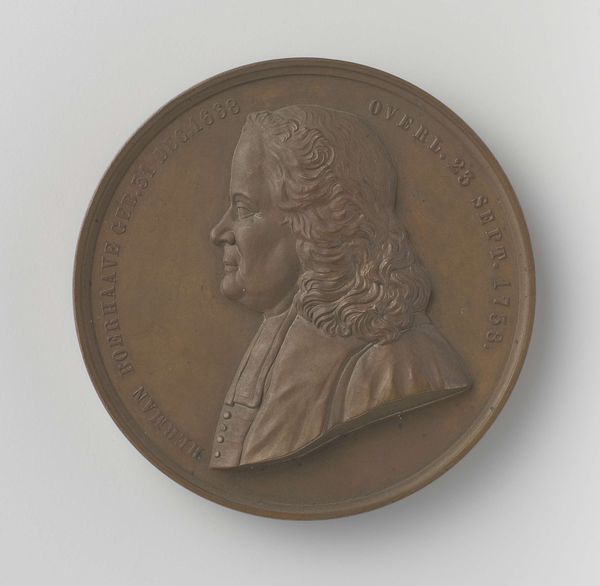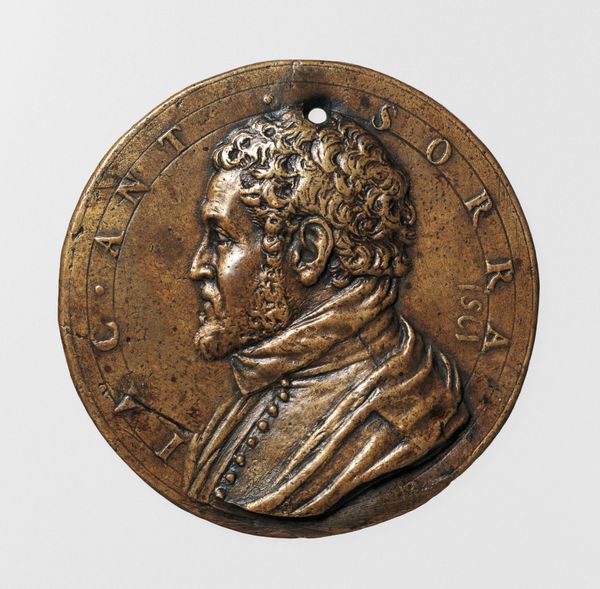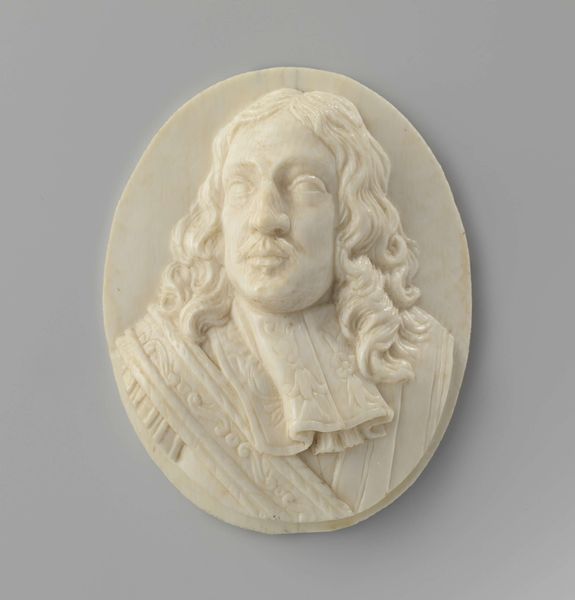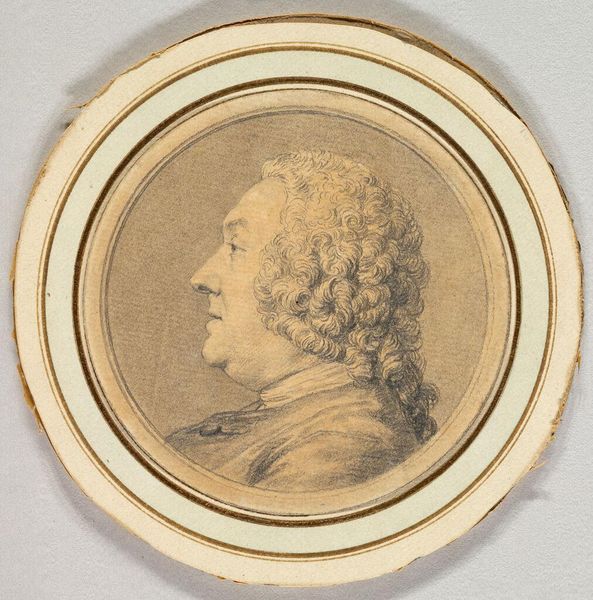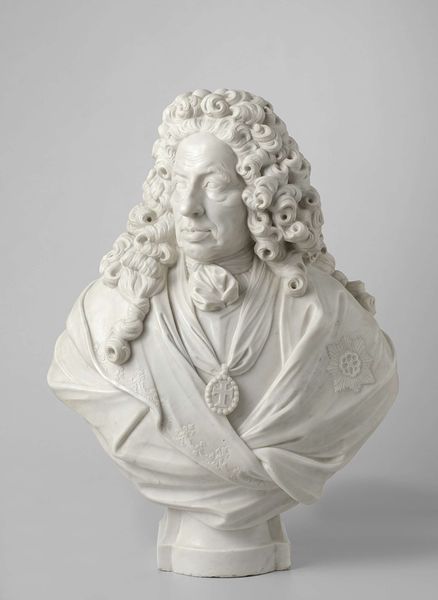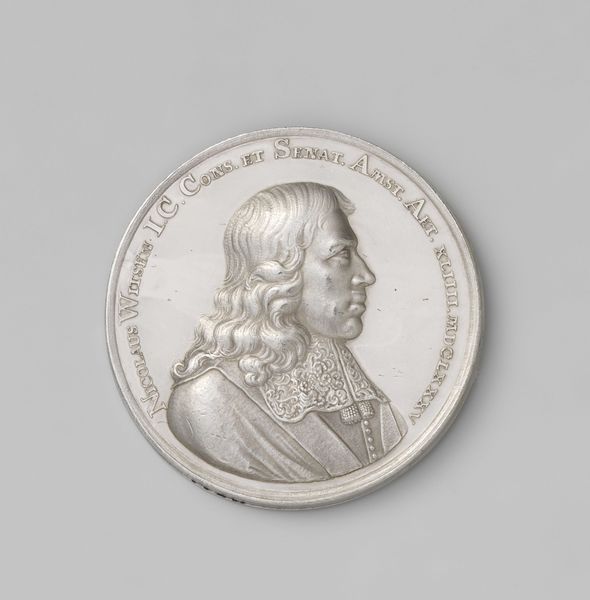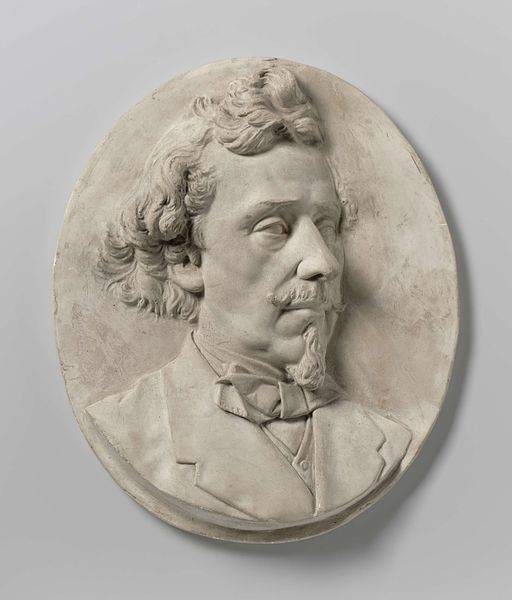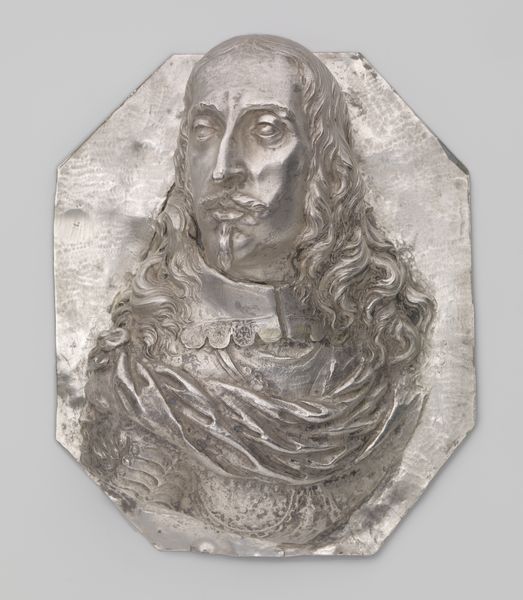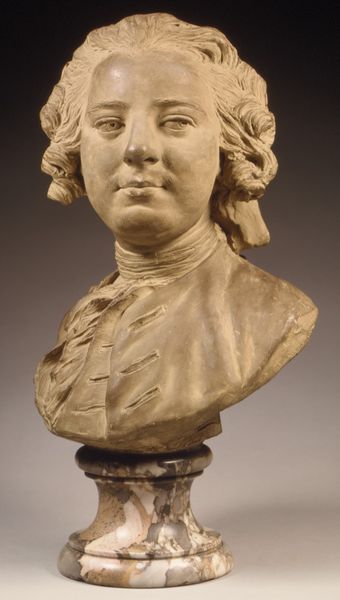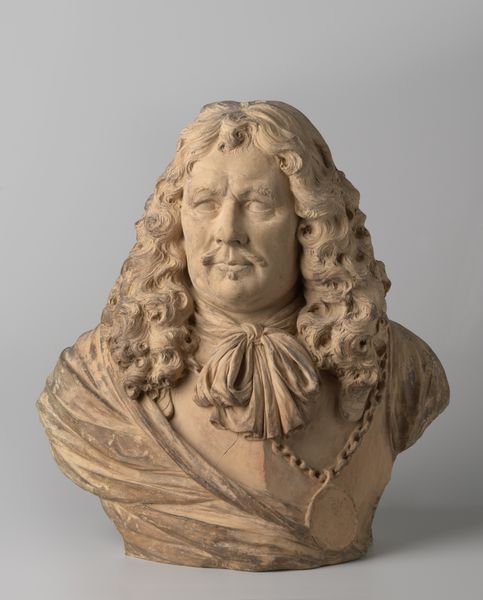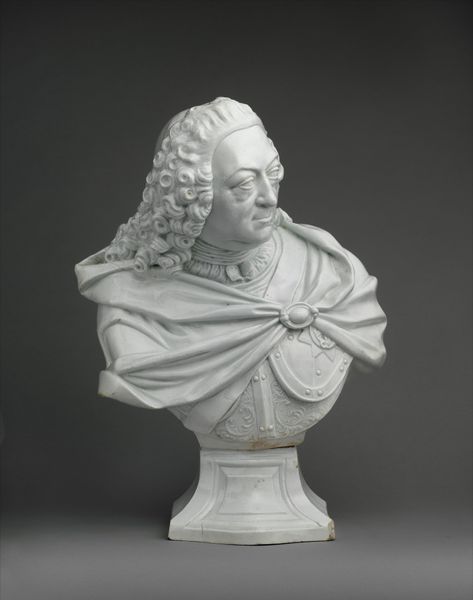
carving, sculpture, marble
#
portrait
#
carving
#
baroque
#
sculpture
#
sculpture
#
marble
#
realism
Dimensions: height 46 cm, width 41 cm, weight 13 kg
Copyright: Rijks Museum: Open Domain
Editor: So here we have what’s believed to be an Amsterdam Burgomaster, rendered in marble in 1667, by Bartholomeus Eggers. It's this surprisingly intimate, almost photographic relief… How should we approach it? What jumps out at you? Curator: Ah, yes! I'm struck by how Eggers, working in the Baroque period, infuses realism with this almost ethereal quality. Do you see the slight softening of features? It isn’t cold marble, but feels like captured breath. I like to imagine Eggers and this powerful figure in silent conversation, one with hammer and chisel, the other with the weight of Amsterdam on his shoulders. There’s something profoundly human being carved here, beyond mere representation. What about you? Editor: I agree, that softening gives him such presence, like he’s about to speak. Did marble portraits like this one serve a similar purpose to paintings? Was it about immortalizing the person? Curator: Absolutely! Though, there's also the very feel of marble itself - cool, smooth, and meant to last. I think Eggers really captures that longing for permanence; like, we can fade away, but this *thing*, this idea of ourselves, can linger. The rigid lines and structure somehow imply steadfast character. Editor: I can see that. Now that you mention that tension between character and marble...it kind of makes him seem both vulnerable and powerful at the same time. Curator: Exactly! Maybe it's a game of echoes that art sets off... This listening makes it all shimmer with new color, yes? What will you carry from him? Editor: I never considered sculpture could have so much nuance! Thinking about touch, time, and character, changes the game!
Comments
rijksmuseum about 2 years ago
⋮
Marble portraits were scarce in the Dutch Republic. At first, they were the privilege of the nobility, but after 1650 the powerful Amsterdam burgomasters (mayors) and their relatives also had themselves portrayed in such an aristocratic fashion. The identity of the sitter in this medallion portrait is unfortunately unknown, but from his elegant clothing he appears to belong to this same Amsterdam patrician class.
Join the conversation
Join millions of artists and users on Artera today and experience the ultimate creative platform.
